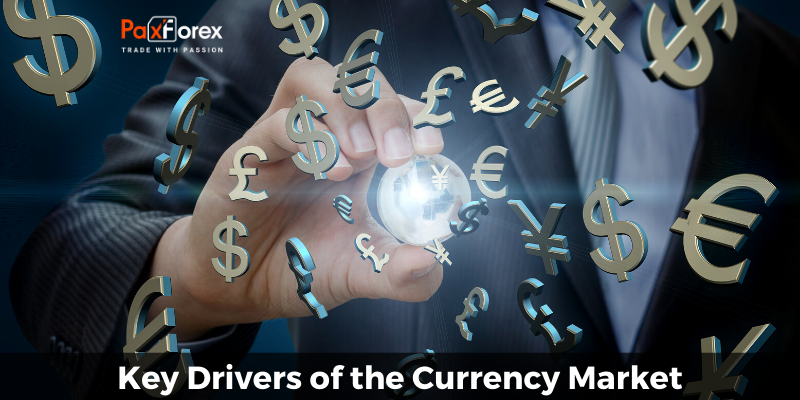
Many currency traders spend time learning how to spot trends or reversals on the chart without focusing on what causes those trends or reversals. There are numerous factors that influence currencies on different time frames and it is always hard to determine the most important one in a certain point of time, even though a lot of investors believe in the supremacy of one factor or another. To get an idea of the connection between the factors and the price action on different time frames, you should have, at least, a basic understanding of the underlying mechanisms.
Forex Day Trading vs Swing Trading
The two principal drivers are the flows of capital relating to global trade and the flows of capital relating to global investment management. One can identify predictive models based on these key drivers that are, in fact, uncorrelated and individually quite powerful as predictors for the currency markets. In basic terminology, managers can add value in currency management. The first driver in the currency market is international trade, which is based largely on value. Purchasing power parity is the best and simplest tool for gauging relative value and the flows of investment capital.
Forward rates are one of the key determinants of the second driver, the flow of investment capital. Investment capital pursues yield; trade-based capital pursues value. On a short-term basis, market and economic influences can also have a bearing on global currency behavior. In addition, gold price volatility is an interesting gauge of uncertainty and can be a predictor for a flight to the benchmark currencies. Lastly, central bank intervention creates serial correlation and momentum.
Trading currency is never a simple exchange. That kind of thinking can quickly eat away at your bottom line, or worse. Luckily, there are ways to understand each of the economic, political and emotional factors that impact currency. Currency values are constantly changing. In fact, many stock traders are finding interest in the currency markets because they are tied to similar key drivers that create varying levels of volatility, like supply and demand. Other drivers may include interest rates, GDP, unemployment, commodities, and unexpected events such as the recent Brexit decision. Any of these drivers can make currency rates go up or down.
The forex market is ultimately driven by economic factors that, in turn, are indicators of a country's economic strength. The economic outlook for a country is the most important determinant of its currency's value, so knowing the factors and indicators to watch will help you keep pace in the competitive and fast-moving world of forex. While exchange rates are determined by numerous complex factors that often leave even the most experienced economists flummoxed, investors should still have some understanding of how currency values and exchange rates play an important role in the rate of return on their investments.







